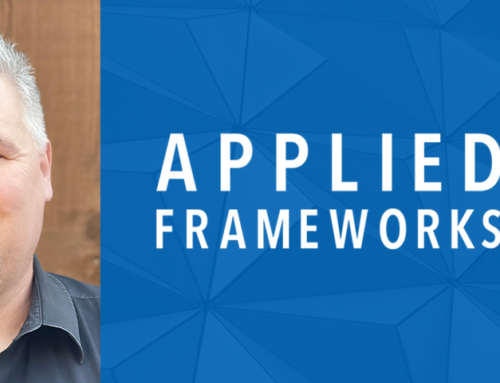
Personally, I like calling meetings a conversation since we tend to have a better understanding of what is acceptable etiquete around conversations. Some basic rules we have about conversations are: not interrupting the speaker; one person should not dominate all the talking; and, pay attention to the main speaker while they talk. We freely join and leave conversations that feel interesting and stimulating, and speakers pause to allow other people to share ideas and so on. People who break these informal, social rules tend not to be invited back to conversations. On the other hand, etiquete around workplace meetings has devolved into a total mess. What is never considered acceptable for an interpersonal conversation becomes the norm when discussing work!!
Simply renaming “meetings” to “conversations” has two issues. First, using a different word to describe the same type of interaction is a very 1984-type of thing: “Eurasia is no longer our enemy, they are now our friends,” the calling the department of war the “Ministry of Peace,” or other types of doublethink. We just debase the meaning of the original word by renaming something bad with a positive word. Could be helpful, but do it too often and you come across as insincere and inauthentic. Two, a conversation tends to be informal and organic while the communication we have in the office tends to be more formal and directed. The correct word we want to use to describe workplace communications is dialogue.
dialogue (n.): a discussion between two or more people or groups, especially one directed toward exploration of a particular subject or resolution of a problem.
And for dialogue, we have a number of great techniques from Crucial Conversations that we can apply to ensure that we focus on what we really want, create conditions where people feel safe to share, learn how to state our path to action effectively and encourage others to share their path to action. Or if the dialogue has more than four or five people, we can borrow facilitation techniques from The Facilitator’s Guide to Participatory Decision-Making or Collaboration Explained.
So what are the types of dialogues we have at work? Here is a list of the seven most common that you might encounter in the office.
- Share Information: the purpose is make an announcement, deliver a report or provide a presentation to the group.
- Obtain Input: the meeting planner seeks feedback and\or suggestions from the group, but does not want the group to make decisions.
- Advance the Thinking: the meeting planner wants to group to make progress on a topic or move their views on the topic to the next step.
- Make Decisions: the purpose is for the group to address a simple, or complex, issue and bring it to closure.
- Improve Communication: the members of a group meet to strengthen their working relationships by sharing feelings and\or dealing with interpersonal tension.
- Build Capacity: scheduled training time to focus on developing and improving the skills of the group.
- Build Community: the members of the group meet to promote camaraderie, strengthen the bonds among people who work together and generally boost moral.
So what can we do to make workplace meetings (or dialogues) better? Do not try to jam two or three types of dialogue in the same forty-five to sixty minute timeslot. IME, if you organize your meetings to focus on completing a single dialogue, the timebox tends to be shorter and the number of participants will be less.
So if you goal is to share information, just schedule a quick meeting, get in and get out. Or perhaps the objective is to advance thinking on a specific topic? In that case, use the time to build shared understanding among the participants and then schedule a second dialogue the next day to make a decision with people who are interested in that dialogue. Or maybe we need to be honest with ourselves and say that our objective is simply to obtain input from the meeting participants while the final decision rests with us?






